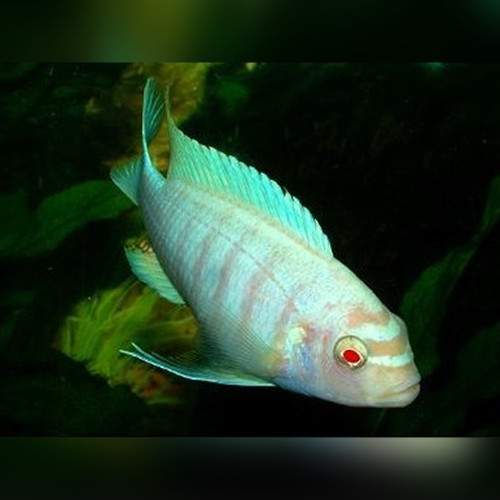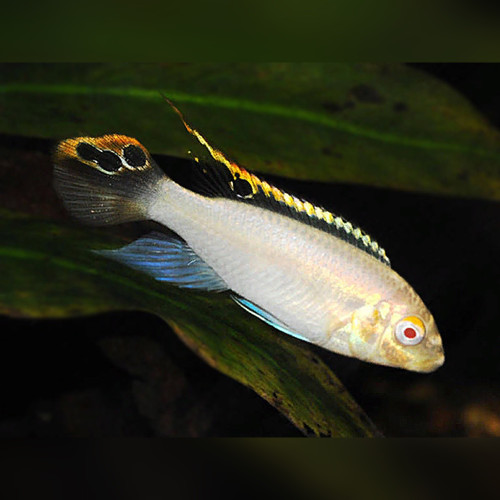SKU:
35
Our Guide To Keeping Albino Zebra Cichlid Fish
-
About Fish Species:
- Scientific name: Maylandia sp.
- Common name: Albino Zebra Cichlid
- Family: Cichlidae
- Origin: Lake Malawi in Africa
- Adult length: 10 cm
- Lifespan: 5 to 10 years
-
Tank Setup:
- Albino Zebra Cichlids prefer a rocky tank setup mimicking their natural habitat. Provide plenty of caves, crevices, and rocky structures for them to claim territories.
- Decorate the tank with rocks and arrange them to create multiple hiding spots and territories.
-
Water Parameters:
- Albino Zebra Cichlids thrive in hard and alkaline water conditions with a pH range of 7.5 to 8.5.
- Keep the water temperature between 24 to 28°C (75 to 82°F).
-
Filtration and Water Flow:
- Ensure efficient filtration as Albino Zebra Cichlids are sensitive to poor water quality. A canister filter or a powerful hang-on-back filter is recommended for their tank.
- Maintain good water flow but avoid strong currents as these fish prefer moderate water movement.
-
Diet:
- Albino Zebra Cichlids are omnivores with a preference for vegetable matter. Offer them a balanced diet consisting of high-quality cichlid pellets or flakes supplemented with vegetable-based foods like spirulina.
- Occasionally include protein-rich foods like bloodworms, brine shrimp, and small insects to mimic their natural diet and enhance their coloration.
-
Tank mates:
- Albino Zebra Cichlids are semi-aggressive and territorial, especially during breeding. They should be kept with other Lake Malawi cichlids of similar size and temperament.
- Avoid keeping them with overly aggressive or much larger fish that may bully or stress them.
-
Behavior and Compatibility:
- Albino Zebra Cichlids are territorial and can be aggressive towards conspecifics and other tank mates, especially during breeding.
- Provide plenty of hiding spots and visual barriers to reduce aggression and allow weaker or subordinate fish to escape aggression.










